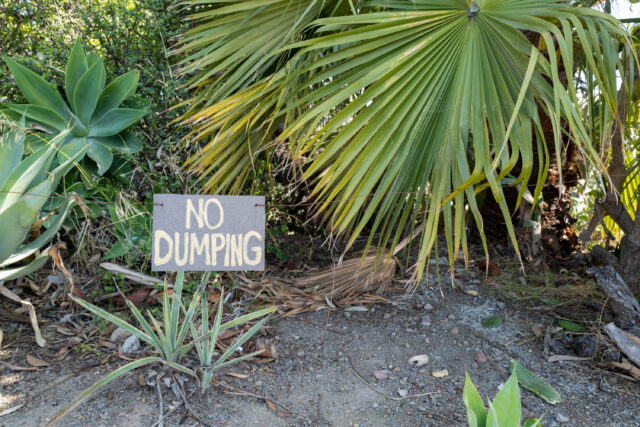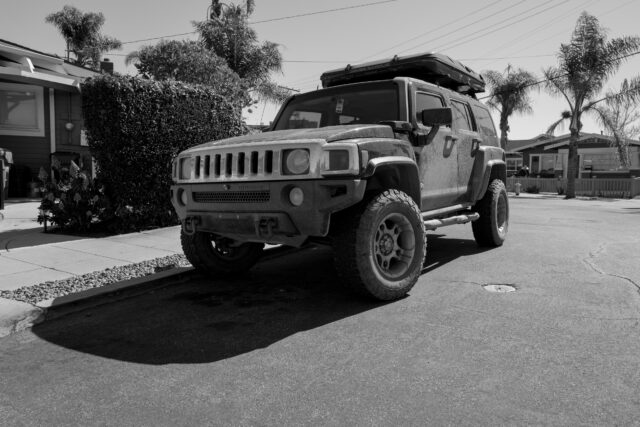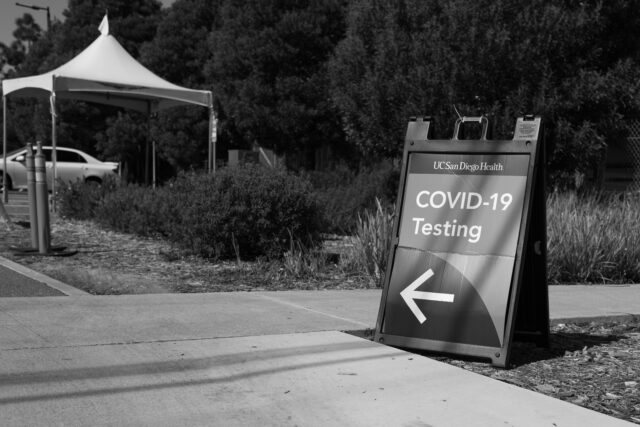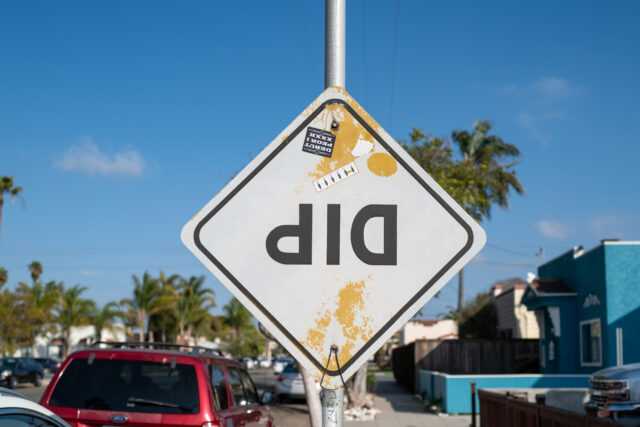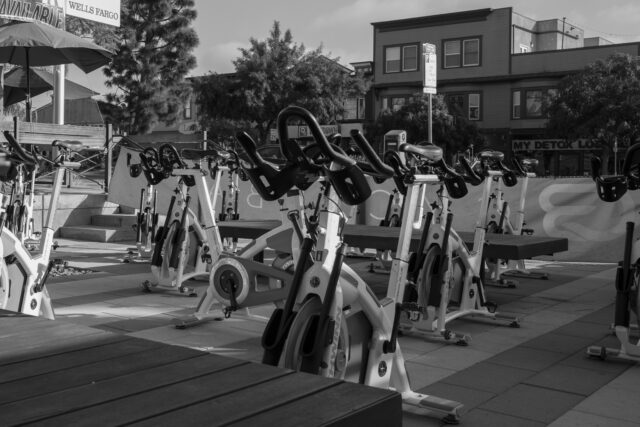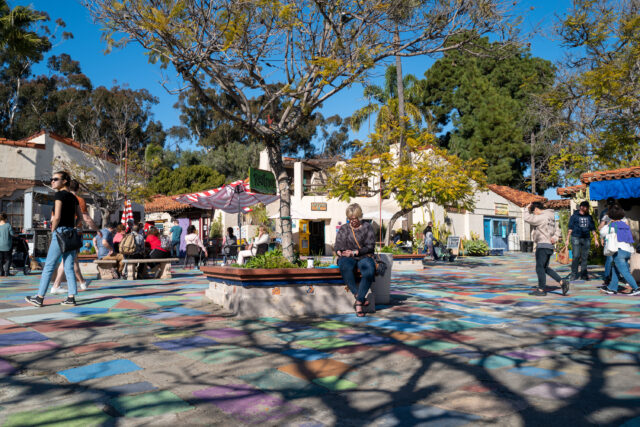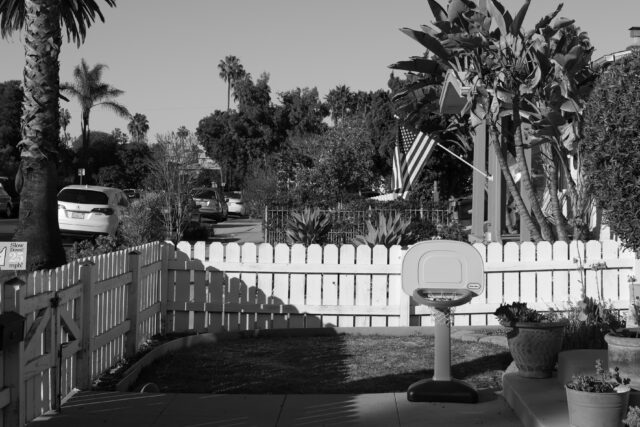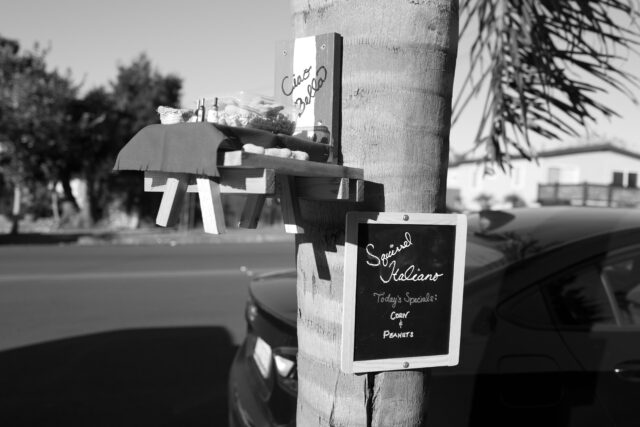While walking with my wife along Panorama Drive, in San Diego’s University Heights community, we passed by a sign that I ignored, then turned back to capture. What does “dumping” mean, I wonder. Could it be throwing garbage into the canyon, which access would be difficult but possible from that location? Or could it refer to the business that people do when they need to, ah, relieve themselves?
Pricey Panorama, where are some of the costliest homes in UH, would be one of the neighborhood’s least welcoming of the homeless—and more are seen in the area everyday, although likelier two to three blocks closer to El Cajon Blvd. And, yes, they are known to “dump” in unexpected places. With SARS-CoV-2 (severe acute respiratory syndrome Coronavirus 2)/COVID-19 restrictions keeping eatery dining rooms closed and most retailers barring bathrooms to the public, everyone is limited on where to go when nature calls. So I got to wonder, who is the sign meant for?
